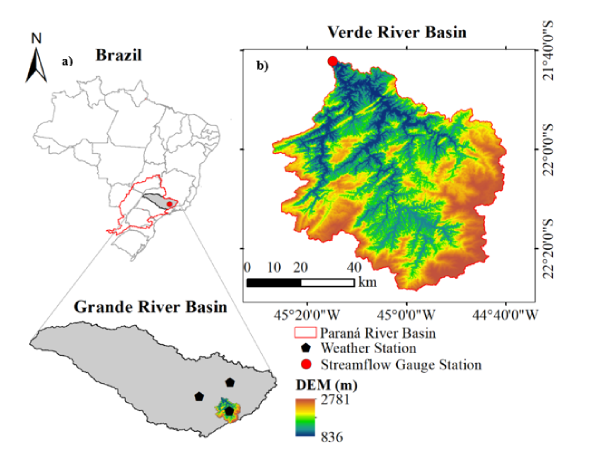Comparison of two water measurement systems for feedlot beef cattle
Abstract
The objective of this study was to compare cattle drinking water consumption collected electronically with that of direct human observation using water metres and to analyse whether an automated system compensates due to its greater precision. The study was conducted in the feedlot of Embrapa Pecuaria Sudeste. The reference unit had four pens: two with electronic drinkers and two with water metres. Experiment 1 utilised 52 Nelore steers and Experiment 2 utilised 44 Canchim steers. Nelore fed a conventional diet, the automated system median daily water intake (DWI) was higher than for animals drinking from the water metre, 17.9 L day-1 and 15.6 L day-1. The reverse was observed for animals fed the co-product diet, the automated system median DWI was 18.9 L day-1 and in the water metre pen was 23.0 L day-1. When the Canchim drank from water metres, the median DWI was lower than with the automated system group, 25.9 L day-1 and 27.8 L day-1, respectively. In Experiment 1, there was a statistical difference between the two sets of equipment for both diets. In Experiment 2, the animals were the same breed, had similar weights and were fed the same diet. There was no statistical difference between the equipment in these conditions. The results indicate that the water meter can have the same performance as high technology at a much lower cost. If a more simplified system for measuring water consumption has the same performance as an automated system, this will justify its use with environmental and economic advantages.
Authors maintain the copyrights for their work. However, they grant rights of first publication to Ambiente e Agua - An Interdisciplinary Journal of Applied Science. In compensation, the journal can transfer the copyrights, allowing non-commercial use of the article including the right of sending the article to other data bases or publication media. The journal uses the CC BY 4.0 license"






